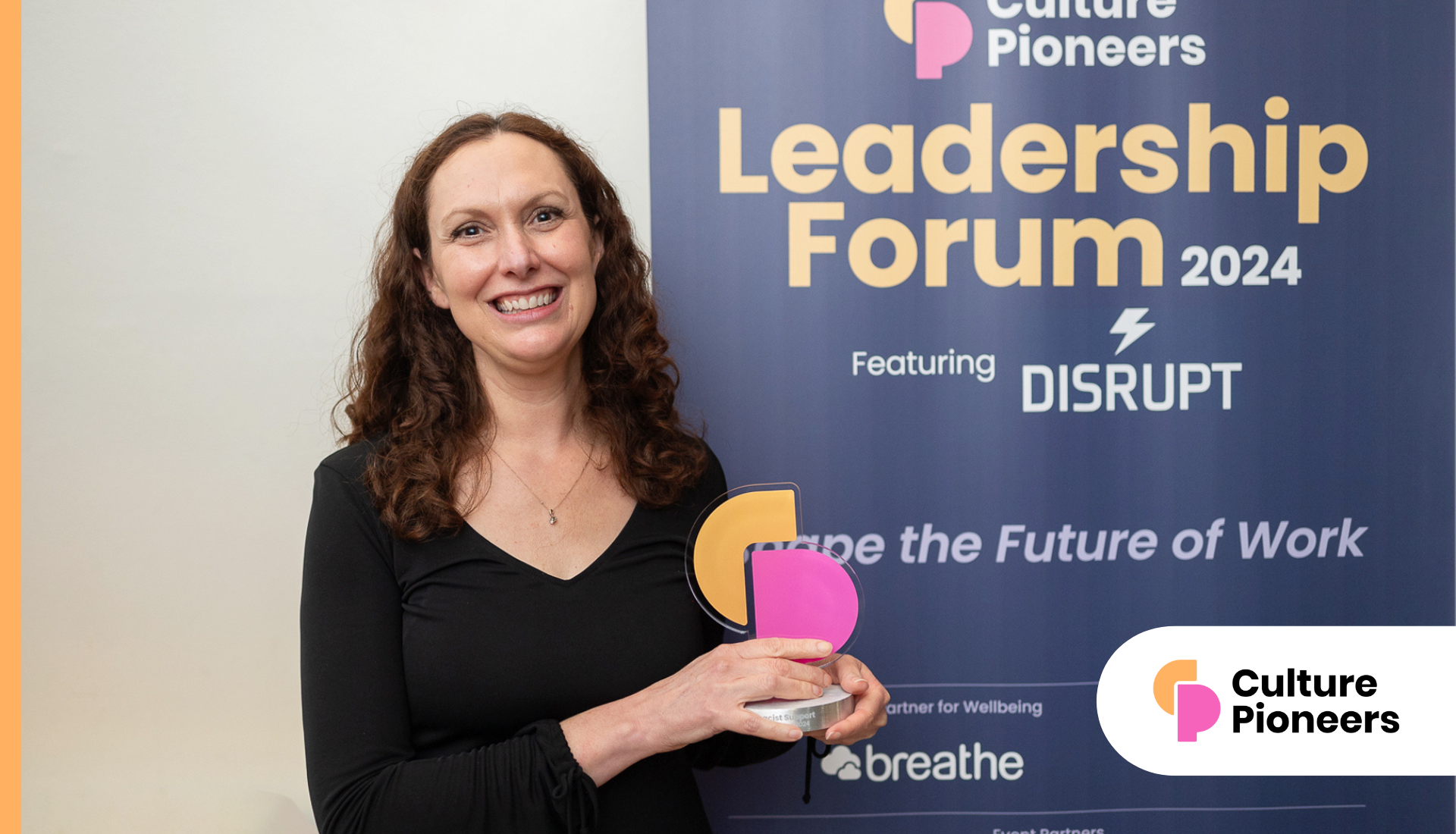Let’s face it – diversity has become a pretty tired term in HR circles. By now, HR people should know that diversity is important. However, is there a genuine business case for diversity? Raj C. Tulsiani investigates.
Are there distinct competitive advantages for organisations that manage to embed diversity? Could an HR Director stand in front of the Board and successfully argue in favour of ‘the power of collective difference.’
The simple answer is ‘yes’, but in reality, we are still building the business case for diversity. Perhaps too much diversity literature and thought leadership in the past has focused on equality and prejudice – while these elements are of unquestionable importance in pushing employers to do the right thing, it is the commercial rationale that will pull them toward diversity. If other employers are capitalizing on the benefits, you can be sure the rest of the market will follow.
In The War For Diverse Talent, Green Park explores the power of collective difference from a different perspective, introducing new mathematical theories and examples from business, nature and even show business.
Recent work by Dr Scott E Page has unpacked the power of diversity to a startling degree. His two most profound findings are sufficiently robust to have the status of theorems. The Diversity Trumps Ability Theorem demonstrates that, under a reasonable set of conditions, diverse groups consistently outperform expert groups.
The reasoning is essentially that experts, who tend to share much of their cognitive ‘toolsets’ in common, provide an excellent partial view of a problem. By contrast, although the diverse group may have less tools on average than individual experts, between them they cover off those experts tools, while adding several more – they offer a good complete view. Furthermore, diversity confers a mathematical property known as superadditivity.
In short, diversity isn’t simply a shuffling of risk like a well-balanced share portfolio – it adds more. The Newtonian analogy of “standing on the shoulders of giants” to see further helps: diversity provides a wider array of perspectives, and helps groups see ‘further’.
Page’s second theorem is more formally mathematical: ‘Crowd error’ = ‘Average error’ – ‘Diversity’. This asserts that the error or failure rate in a crowd, society or organisation is comprised of the average individual error-rate and the degree of diversity. Traditionally we seek gains by reducing the ‘average error’, for example by attempting to recruit better-qualified individuals and so on. This insight suggests we can achieve greater gains by bringing more diversity into the equation. Further, it shows diversity is not simply a side issue, a sprinkling on of difference as it were: it’s a fundamental strategy.
New insights about diversity are emerging from evolution, economics and mathematics – and, from the business of Broadway, too. A study of teamwork by Dr Brian Uzzi and others looked at decades of Broadway shows.
Traditionally, success or failure on Broadway gets established brutally and quickly – often overnight. And while it may be show business, successful shows are sure business, too. Uzzi and his colleagues found that when the core creative team comprised people with previous experience working together and ‘fresh blood’, success followed – whereas those consisting of either only ‘old hands’ or entirely new teams tended to fail. They have explored this effect across several sectors, and it shows that, where teamwork and innovation are needed – which would be most organizations facing a challenging landscape – diversity, once again, is demonstrably beneficial. This work also highlights a need to think about a ‘diversity of diversity’: a multi-layered concept of difference harnessing the power of collective difference.
Click here to download the full research report
Raj C. Tulsiani is CEO at Green Park Interim & Executive Resourcing








